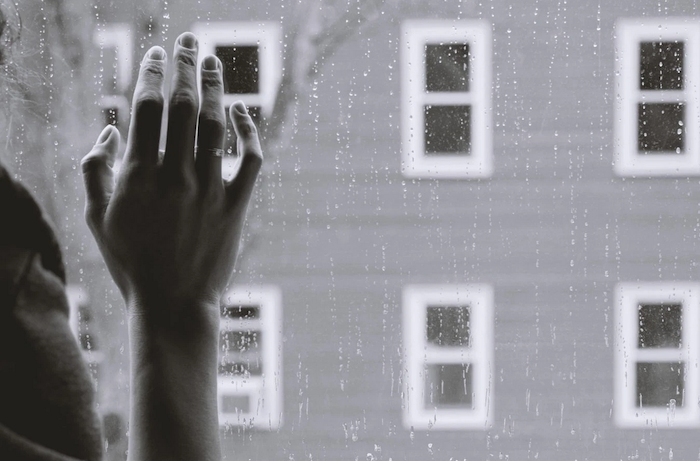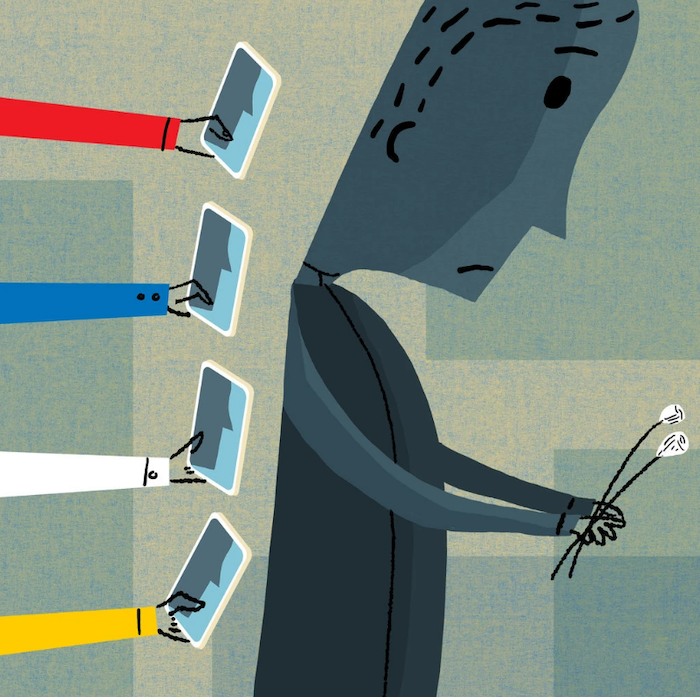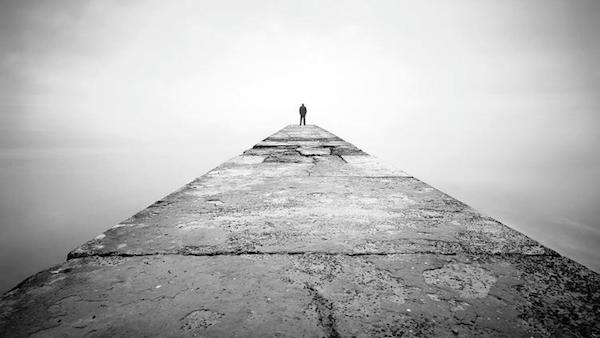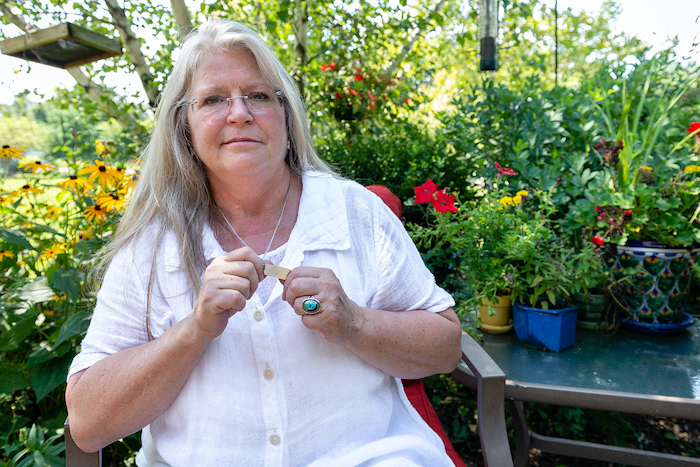What I learned about the realities of this new, but old, practice
By Janet Siroto
My friend Carla saw almost everything in life as a creative challenge — a moment to brainstorm and make a statement.
If there was a potluck brunch, no way was she picking up a dozen bagels. Instead, she’d find a recipe for pear-ginger coffee cake, go buy some fresh yeast and get baking.
Any home-improvement project triggered a deep dive into materials, colors and a discussion of what kind of light bulb would cast the right glow.
So when she was telling me about some fabric she’d found — “It’s moss green velvet and looks like the forest floor in a fairytale,” Carla said — the enthusiasm was familiar, but the circumstances very surprising.
Carla had heard about the concept of a green burial and had gone all in. Even though she was in her 60s and in good health, the idea spoke to her; her love of nature, her love of doing things a little bit more individualistically. The fabric she was describing would be her burial shroud.
Getting Back to Basics
A green burial is an “everything old is new again” practice: After death, no chemicals are used to preserve the body. No heavily shellacked coffin is placed in the earth. Rather, one’s burial is done as naturally as possible so the body can return to and nourish the very earth beneath our feet. Everything that goes into the soil must be biodegradable — and the velvet Carla found fit that bill.
This closer-to-nature concept is in sync with society’s growing concern for the planet. Before the advent of the modern burial, when loved ones died, their bodies were wrapped in a shroud and put in the ground. But by the time we reached the early- to mid-1900s, a very different, non-eco-friendly tradition had taken over.
According to Scientific American, “funerals [in the U.S.] are responsible each year for the felling of 30 million board feet of casket wood, 90,000 tons of steel, 1.6 million tons of concrete for burial vaults, and 800,000 gallons of embalming fluid. Even cremation is an environmental horror story, with the incineration process emitting many a noxious substance, including dioxin, hydrochloric acid, sulfur dioxide, and climate-changing carbon dioxide.”
About 50 years ago, our collective consciousness and conscience about burial began to change. “American sensibilities about environment shifted, with Rachel Carson in the ’60s and the launch of Earth Day and the formation of the EPA in 1970,” says David Charles Sloane, an urban planning professor at the University of Southern California and author of Is the Cemetery Dead? “We’ve become a much more aware society about environmental impact.”
That awareness enveloped end of life, and the idea of a good death and green burial began to be entwined and gain interest. Last year, a study found that 54% of Americans were actively considering this option, and 72% of cemeteries reported an increased demand (many are responding with green zones on their premises).
Another reason why green burials are catching on: the lower price. Joyce Foley, who owns Cedar Brook Burial Ground in Limington, Maine, where Carla chose her plot, says green burials typically cost $3,000 at the very most, versus $5,000 and up for traditional burials.
Being There: At a Green Burial
But no matter how much one may read about green burial in principle or how many statistics one might absorb, little can prepare you for the actual experience. So, back to my friend Carla.
Picking the green velvet was just one facet of her creative expression. She also hunted for a natural headstone. Many green cemeteries offer local stones, but Carla wanted something special — and somewhere, somehow found a petrified tree stump that could be engraved with her name and the dates of her life when the time came. (Foley, the burial ground’s director, approved of the choice given how well it harmonized with nature.) Because the stump was so heavy, it stayed in the back of Carla’s car for at least a year, as she researched who could engrave it.
As blithe as Carla seemed about the prospect of her green burial, things took a serious turn a few years later. Her increasing fatigue led to tests, more tests, and a diagnosis of a rare blood cancer. A bone-marrow “perfect match” was found, but alas, after the procedure, graft versus host disease destroyed the hope of recovery. In her final days, Carla would say, “I hope you’ll come picnic by my spot in Maine. I’ll be helping the trees grow. The cycle of life.”
Just shy of her 70th birthday, she died in a hospice not far from her home in Cambridge, Mass., and plans were quickly made for her burial. My family — myself, my husband and our two college-age sons — joined about 10 other dear friends that day. We drove into, and then walked across, what looked very much like every nature preserve I’d ever visited. Trees everywhere. Quiet. Bird song. Rustling leaves. A gray-blue winter sky.
There were none of the manicured lawns and stately tombstones in regimented rows as you’d see at most cemeteries. We assembled at the gravesite, which had been hand-dug prior to our arrival, and barely noticed the other plots nearby, so subtle were the markers. A bunch of dried flowers or perhaps a small pile of stones revealed them to us.
The bottom of Carla’s grave had been covered with boughs to make it a soft resting place. A hearse pulled up and the driver asked my husband, sons and a couple of other men to assist. And then came the shock of seeing a plain wood board pulled from the back of the long car with my friend’s shrouded body on top of it.
I may have gasped a bit, as this was so unexpected and so far from the “avert your eyes” nature of death and burial I had grown up knowing. For a moment, I felt like a child recoiling from a scary movie.
My friend’s shrouded dead body was right there in front of all of us. We could see Carla’s silhouette — her long, slender body; her aquiline nose. There was no coffin to shield us from the truth that her incandescent spirit had left this world and only her remains were now here. It was quite an emotional wallop.
How often are any of us in the presence of a corpse, let alone one about to be put into the soil? How often do we have this kind of unmediated, unmedicalized contact with someone who has departed this realm?
Before Carla was lowered into the ground, a few of us placed a hand on the contour of her shoulder (yes, you could make it out) and said our goodbyes. The board with her body was then lowered via straps into the grave by the men in the group. Some people tossed in loose flowers. Carla’s friend Louie had brought his guitar and sang her favorite song, “Here Comes the Sun.”
Carla’s daughter said, “This is exactly what she wanted. It’s all so beautiful.”
The Simple Truth
It’s been a couple of years since that day, and I have visited only once, when I was heading to Maine for a wedding. I spent a bit of time by Carla’s gravesite and that stump tombstone and thought about the gift of her friendship and how much I wished she were still here.
The green burial was one of the gifts of her friendship. She showed those closest to her a path of possibility, different from the mainstream.
My family and I still talk about the raw beauty of the burial, of how we felt so close to Carla and so intimately involved with her transition to whatever may be ahead. My husband and sons still talk about the visceral experience of transporting and then lowering her body — feeling its weight — so Carla could become one with the earth and “feed a tree,” as she said.
It was a jarring experience in the moment, to be sure — but one I will always remember. It connected me to Carla at the end of our time together and also to the most elemental way of saying goodbye to the dead, as our ancestors had done for generations. It brought a simplicity and meaning to one of life’s hardest passages.
Complete Article ↪HERE↩!









